Research
I study correlated electron systems — materials where strong interactions between electrons lead to complex collective behavior and a host of emergent phenomena. These interactions often give rise to unconventional phases of quantum matter that challenge our current theoretical understanding. By investigating these systems, I aim to uncover the fundamental mechanisms behind complex electronic states such as superconductivity, magnetism, and exotic metallic behavior, deepening our knowledge of quantum materials.
Major Themes
-
High temperature superconducivity
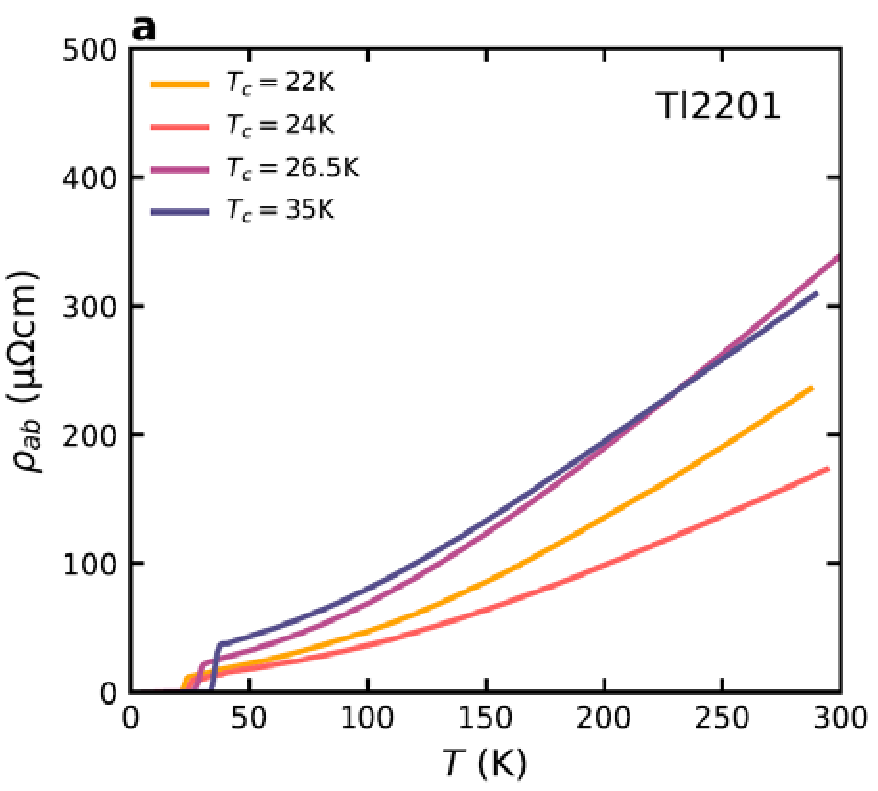
Understanding high-temperature superconductivity is a major unsolved problem in condensed matter physics. These materials not only exhibit unconventional superconductivity but also host strikingly anomalous normal-state properties, both driven by the complex behavior of strongly correlated electrons.
-
Strange metals
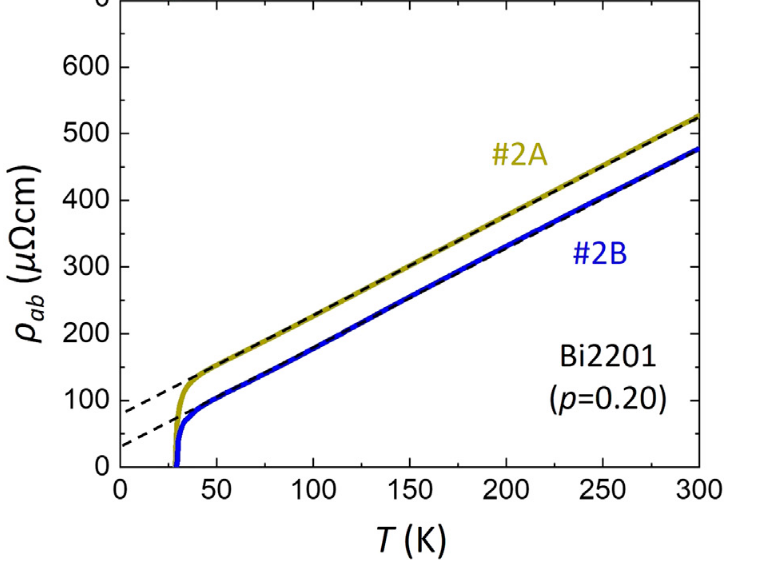
Strange metals -- characterized by a linear-in-temperature resistivity -- defy conventional descriptions of electronic behavior. Unraveling their origin is a central challenge in understanding the normal state of a number of unconventional superconductors.
-
Quantum criticality
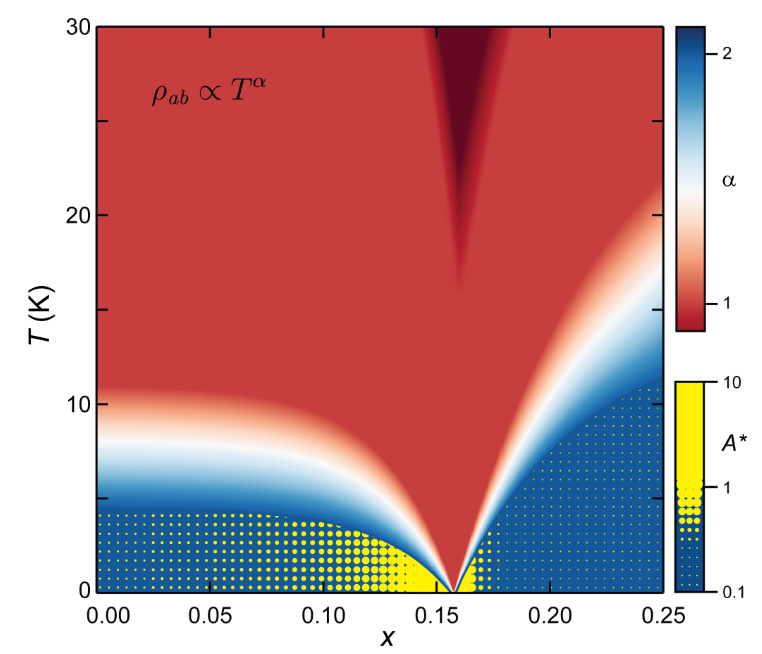
Quantum criticality emerges at the zero-temperature endpoint of a continuous phase transition, where quantum rather than thermal fluctuations dominate the system’s behavior. This quantum critical regime can influence material properties over wide temperature ranges and is often linked to the emergence of novel electronic phases including high-Tc superconductivity and strange metallicity.
-
Nematicity
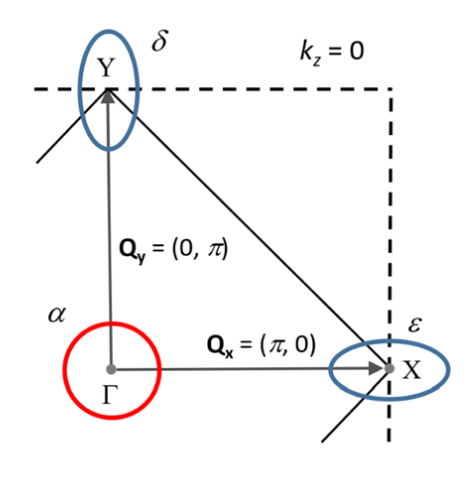
Nematicity describes an electronically driven state that spontaneously breaks rotational symmetry while preserving translational order. In correlated electron systems, nematic order often intertwines with superconductivity, magnetism, and quantum criticality, raising fundamental questions about its origin and impact on emergent phases.
-
Charge density waves
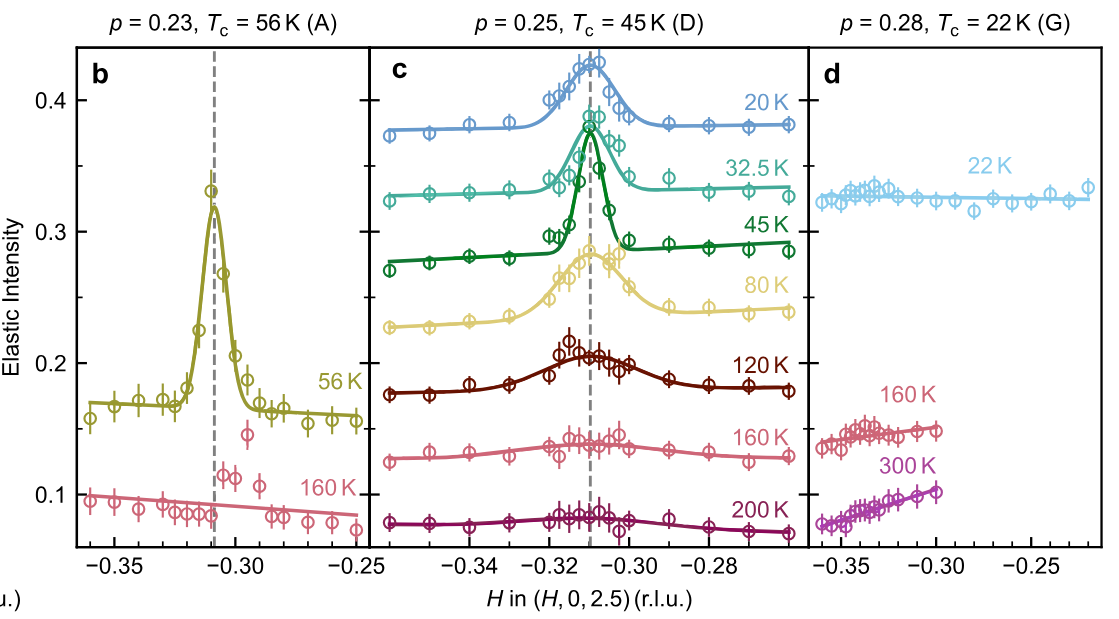
Charge density waves are collective electronic states characterized by a periodic modulation of charge density that breaks translational symmetry. In correlated materials, they often compete or intertwine with superconductivity and other emergent phases, posing key questions about their formation, fluctuations, and role in complex phase diagrams.
-
Magnetism
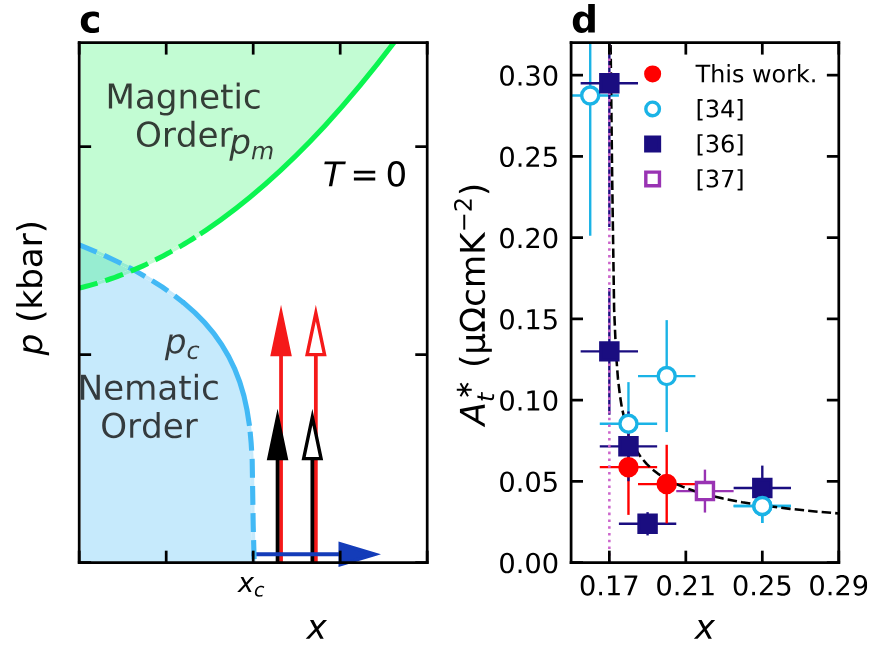
Magnetism in correlated electron systems arises from the collective organization of electron spins into ordered or fluctuating states. These magnetic phenomena profoundly affect the electronic structure and can lead to complex interactions with other emergent phases.